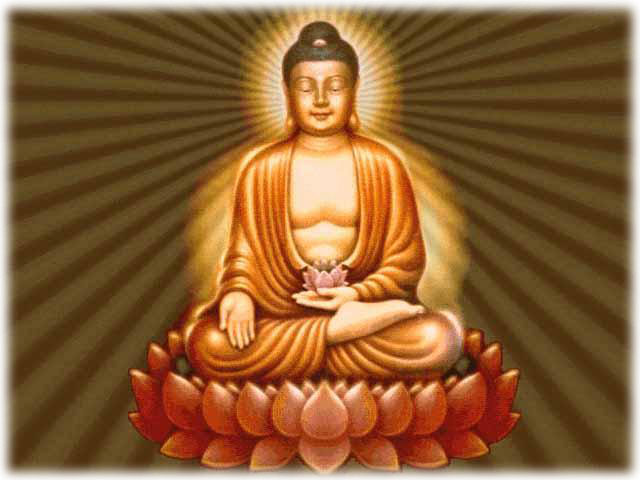
Unfortunately, we didn’t learn to sit crosslegged on the floor when we were kids, the way most Indians and many other traditional Asians did. As a result, you may find it difficult to sit cross-legged at first, and you may feel inclined to retreat to the apparent ease and comfort of a chair. But I’d like to encourage you to give cross-legged sitting a try at some point, if your body and comfort level allow. It isn’t necessarily as difficult or as painful as it appears — and besides, it has some unique advantages. For one thing, crossing your legs creates a solid, stable foundation for the rest of your body and tends to tilt your pelvis forward naturally at just the right angle to support your spine. Also, there’s something about sitting the way the great meditators of the past used to sit that lends a certain power and authority to your meditation — as though crossing your legs immerses you in a river of awareness that dates back thousands of years.
Finally, sitting with your buttocks on or close to the earth directly connects you with gravity and the other energies the earth emanates — and gives a palpable feeling of groundedness and strength to your meditation.
Ultimately, of course, whatever you do with the lower half of your body is fine, as long as you can sit comfortably and keep your back straight with relative ease. But you can work up to the luxury of cross-legged sitting by gradually stretching your hips, until, one day, both knees touch the floor and — voilà! — you’ve arrived.





